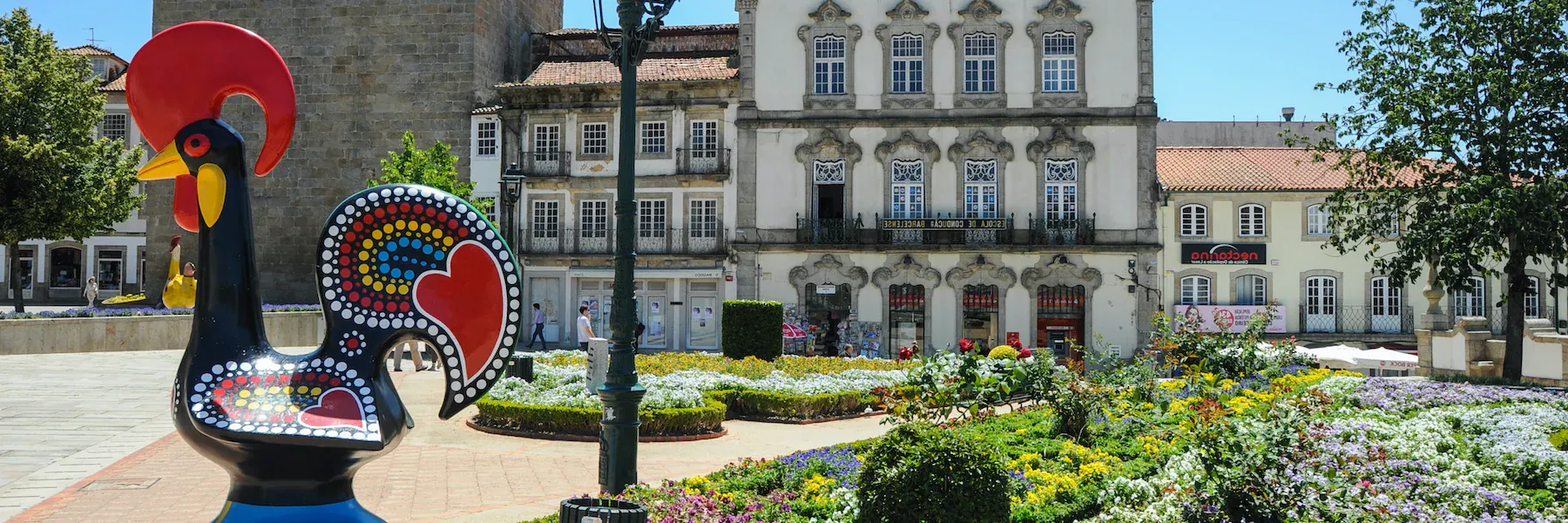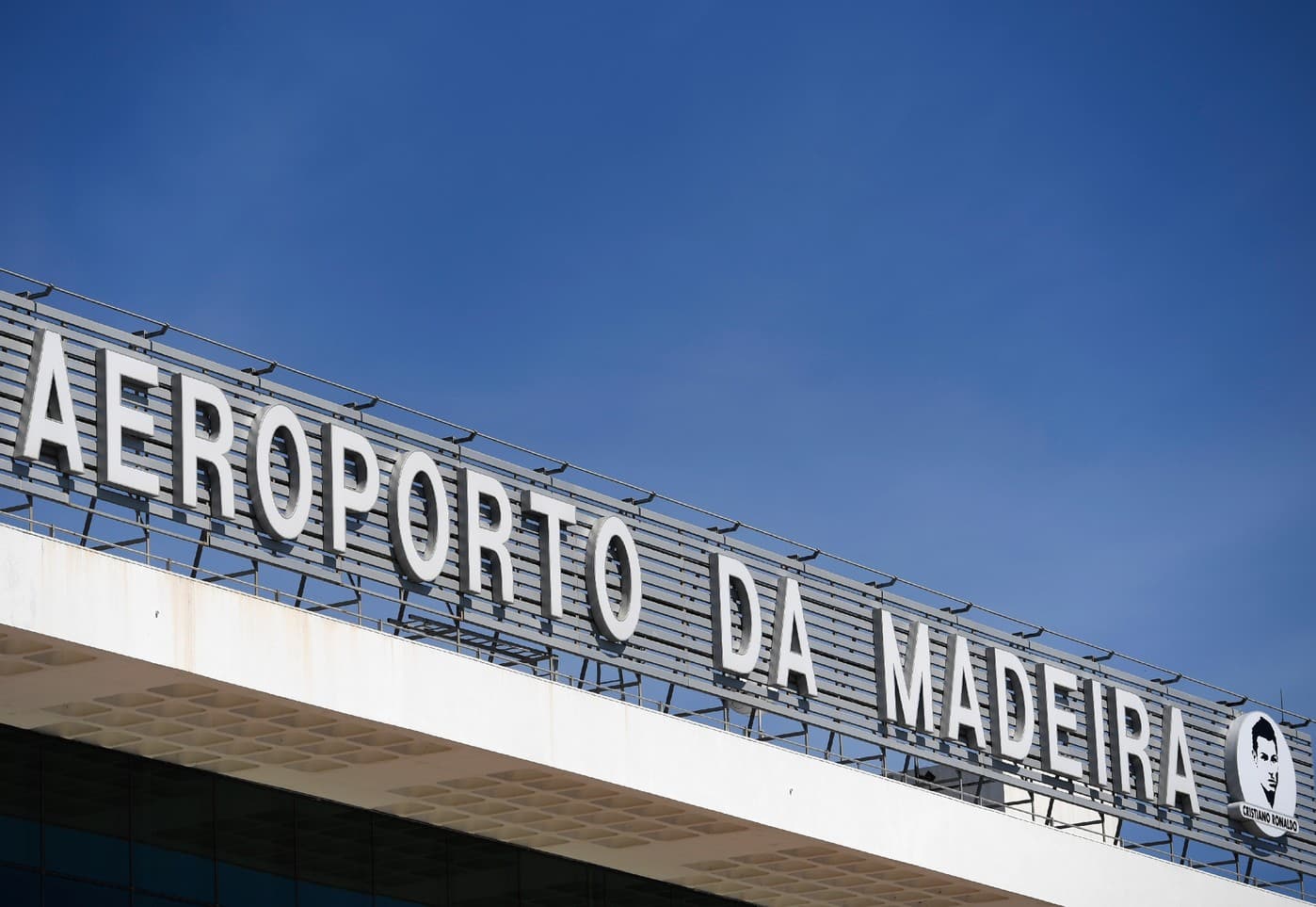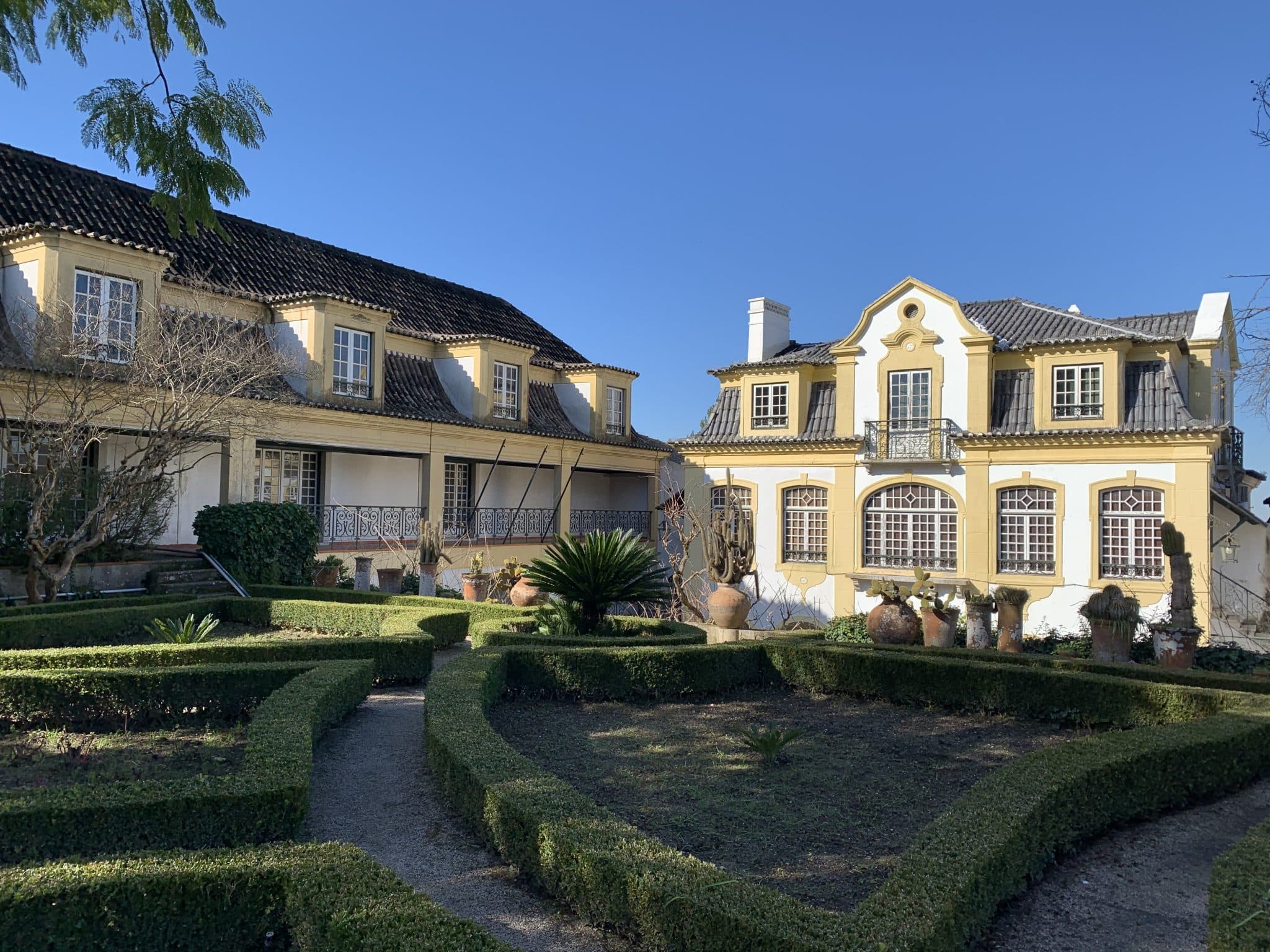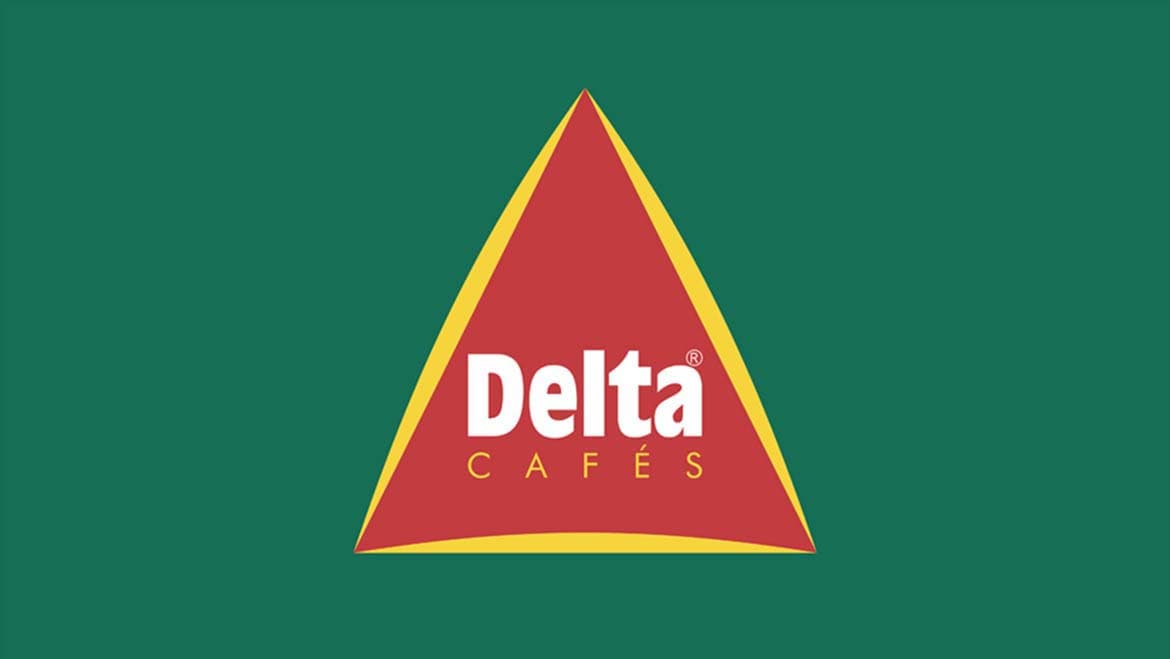The bells of Barcelos, the origin of the rooster, symbol of Portugal
Origin and legend, the birth of the symbol
The bells of Barcelos,
the origin of the rooster, symbol of Portugal
When you walk through souvenir shops in Portugal, you inevitably come across a colourful bird, with vivid patterns and naïve decorations: the Galo de Barcelos. This ceramic rooster, often painted red, blue, yellow, symbolises much more than a mantelpiece ornament. It has become a cultural and national emblem. But where does it really come from? What does it represent today? Here’s everything you need to know.
Origin and legend, the birth of the symbol
The town of Barcelos, in the north of Portugal (Braga district) is the birthplace of this legend. It saw the myth emerge, then the spread of this rooster as a popular icon.
According to the most widespread version, a Galician pilgrim passing through Barcelos, on his way to Santiago de Compostela, was unjustly accused of theft. He was sentenced to hanging. Proclaiming his innocence, he asked to be taken before the judge, who was dining at the time, and on the table sat a roasted rooster. The pilgrim declared: “Just as certain as I am innocent is the fact that this rooster will crow at the moment I am hanged.” And at the fateful moment, the rooster stood up and crowed, causing the execution to stop because the knot of the rope had been poorly tied. The condemned man was thus pardoned.
A cross (“Cruzeiro do Senhor do Galo”) was later erected on the site in honour of the miracle. The Archaeological Museum of Barcelos still preserves this cross.
The legend, embedded in popular memory, was later adopted by the craftsmen of Barcelos in the 19th century, who began shaping ceramic roosters and selling them in the local market. These objects became emblematic, both locally and on a national scale.
Why a rooster? Symbolic meanings and values
The rooster has always held strong symbolism: awakening, light, vigilance. But in the case of the Galo de Barcelos, it embodies even more: faith, justice, innocence, luck. The miracle of the crowing rooster represents a triumph of truth over injustice, a call to popular morality. Thus, the Barcelos rooster became “the rooster of good fortune”, which many Portuguese people place in their homes to attract “luck, happiness, prosperity”.
It has also been described as “one of the most common emblems of Portugal”, according to Wikipedia.
From local symbol to national and touristic icon
Whilst the object remained at first a regional craft from the Minho, its spread accelerated in the 20th century. As early as 1935, the Barcelos rooster made an international appearance at an exhibition in Switzerland, in Geneva. Then, from the 1950s–60s onwards, it was adopted as a symbol of Portuguese tourism: its bright colours and legendary origin made it a gentle, accessible and recognisable representation of Portuguese identity.
Today, it can be found everywhere: on aprons, tea towels, magnets, giant statues, company logos, etc. It has become an element of “brand Portugal”. Thus, the craft of Barcelos contributes to the local economy and to the cultural prestige of the country.
(I’ve got some at home too! ;))
Craftsmanship, production and distribution

©luisapaixao
The ceramic roosters of Barcelos are made according to artisanal tradition. The typical model features a black body adorned with colourful dots and red hearts, a red crest, on a blue base. They are often hand-painted, decorated with stylised floral motifs, and may vary in size (a few centimetres to more than a metre for decorative pieces). These objects are a popular souvenir highly prized by visitors to Portugal.
The town of Barcelos continues to host workshops, fairs, exhibitions dedicated to this craft. The rooster is not “frozen”, it also evolves with contemporary artists. For example, the artist Joana Vasconcelos created “Pop Galo”, a monumental 10-metre installation covered in azulejos and LED lights, which reinterprets the Barcelos rooster as a contemporary artwork.
Current symbolism and modern uses
In contemporary Portuguese society, the Galo de Barcelos carries several layers of meaning. First, as a domestic good-luck charm. Many Portuguese households welcome it, according to the belief that it brings luck and protection. Then, as a marketing tool and visual identity: the souvenirs sold are countless, and the image of the rooster is used in tourism promotion, hospitality, restaurants and commerce. Finally, as a cultural and unifying symbol: it is part of the “popular national consciousness”, an emblem accessible to all, non-elitist.
In a more critical light, some commentators note that the souvenir object has sometimes overshadowed the original artisanal dimension. But the essential remains: the rooster continues to carry a message: justice, truth, faith and good fortune.
The rooster in public and touristic space
The presence of the rooster is also visible in public spaces: commemorative plaques, artworks in the town of Barcelos, but also giant urban reproductions. The “Pop Galo” work is an example of contemporary appropriation. Tourism has played a major role in spreading the image of the rooster: visits to Barcelos, craft shops, even restaurants using it in their visual identity.
The Portuguese tourism office recognises that the legend of the Barcelos rooster is a heritage and cultural asset to be used to promote the northern region of Portugal.
Why “the bells of Barcelos”?
The title of this article plays with an imaginary distortion of “Barcelos”. “Barceloche” evokes a fanciful or French-like name, but points to the original town. As for “bells”, it recalls the notion of ringing, of cock-a-doodle-doo: the crowing of the rooster (like the one that saved the pilgrim) is the miraculous element of the myth. The rooster “sounds the alarm”, “sings justice”, “awakens truth”. It is the bell of judgement, the bell of local conscience.
A symbol with multiple interpretations
• Justice and truth: the rooster that crows to acquit the condemned man evokes popular justice and faith in law.
• Faith and miracle: divine intervention (in the form of a rooster) recalls the religious dimension (pilgrimage, Saint James, Virgin Mary).
• Luck and protection: the souvenir object is sold as a talisman.
• National identity: accessible, colourful, popular, the rooster reflects the Portuguese spirit of “amor de vida” (love of life), according to certain interpretations.
• Craft and local economy: Barcelos has succeeded in maintaining a craft tradition that contributes to tourism and regional identity.
Cock-a-doodle-doo!
The Barcelos rooster, from local legend to national figure, embodies a beautiful journey: from an unlikely miracle to an everyday object and keepsake, from a symbol of faith to an icon of good fortune, from modest craftsmanship to a product of cultural export. When you see a rooster painted with naïve motifs in a Lisbon shop, remember that it represents more than decoration: a myth, a town, a people, a story of justice, and the crow of a rooster that happily rang on that day.
LR
Share this article
Suggested articles

The Portuguese Colonial Empire, greatness and the end of an era
It is astonishing to think that a small country on the edge of Europe once ruled the seas and shaped global history. In the fifteenth century, Portugal, with barely over a million people, became the beating heart of the Age of Discovery. It was the age of sailors, dreamers and merchants who turned the unknown into possibility.

Cristiano Ronaldo doesn’t just have a museum… he also has an airport named after him!
Yes, he never ceases to amaze us, that Cristiano! The beloved child of Madeira doesn’t just have a collection of Ballon d’Ors or a line of underwear (yes, the one with the 4K abs on giant billboards—don’t pretend you haven’t seen it!). He also has… an airport named after him. That’s right! Because in Portugal, when people love, they don’t hold back—especially when it comes to CR7.

Vista Alegre, the Portuguese porcelain with worldwide prestige
Vista Alegre… The name might sound like that of a fancy dinner set sitting proudly in a high-end sideboard, but behind those elegant plates lies a true Portuguese saga ! A story made of clay, industrial genius, espresso coffee and let’s be honest, a little bit of national pride (yes, I see you, tableware lovers).

Why Do the Portuguese Love Cod So Much When It Doesn’t Live in Their Seas?
Portugal is a country turned toward the sea. Its coastline stretches for more than 800 kilometers, and yet the most emblematic fish of its cuisine, bacalhau (salted and dried cod), does not live in Portuguese waters. A curiosity that intrigues travelers and fascinates food lovers alike.

José Maria da Fonseca, 200 Years of Winemaking History
This morning, I opened a bottle… (don’t worry, it wasn’t my first instinct of the day) and no, it wasn’t a rosé for a night out with friends, but a wine carrying a whole legacy, one I was taking to my parents’ for lunch. Here’s the story of a winery celebrating two hundred years without losing a single drop of genius… and with a good dose of joy in the glass!

Delta Cafés, the success story of a small family business
When you pour your morning coffee, remember that behind every cup, there’s often a story. And the one I’m going to tell you today is none other than that of Delta Cafés and trust me, it’s a particularly delicious one ! With an urban tone, a friendly touch, and a hint of humor (because yes, even coffee can have swag), we’re heading on a journey from Campo Maior (in the Alentejo) to coffee shops all around the world.


